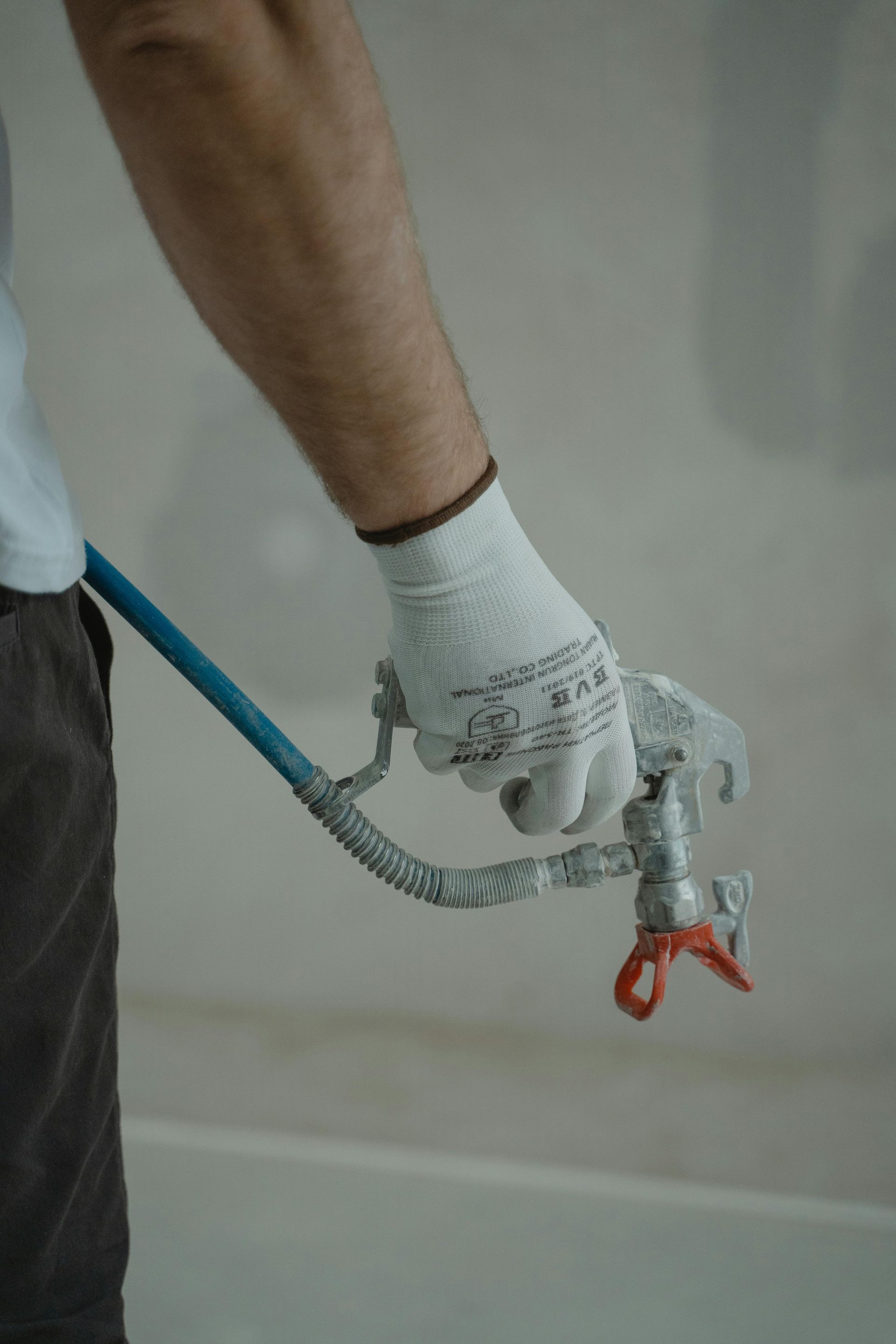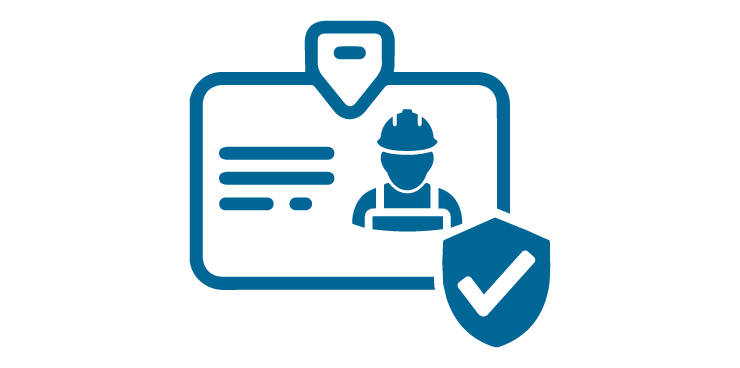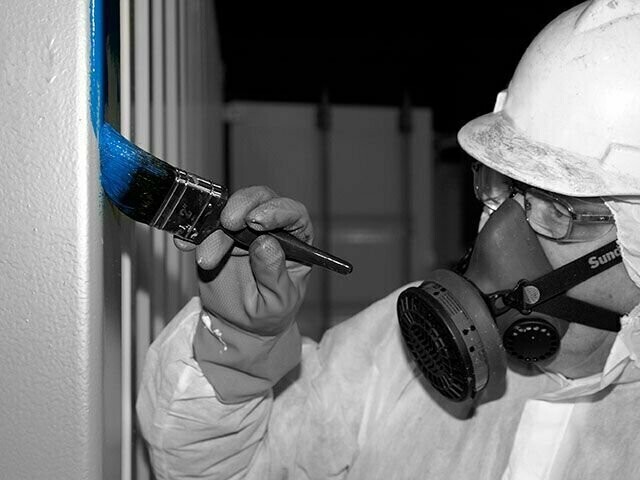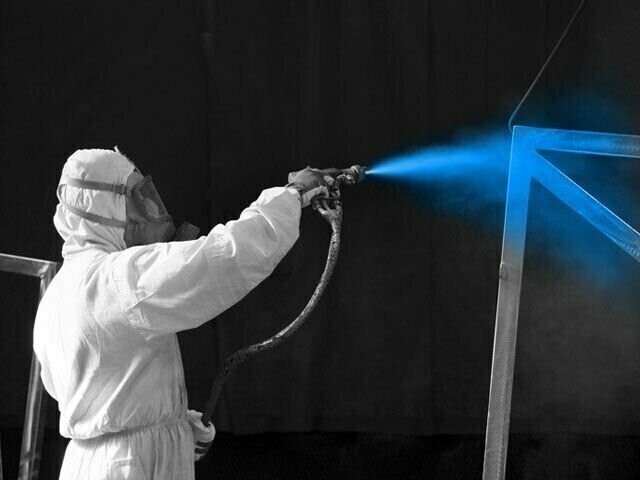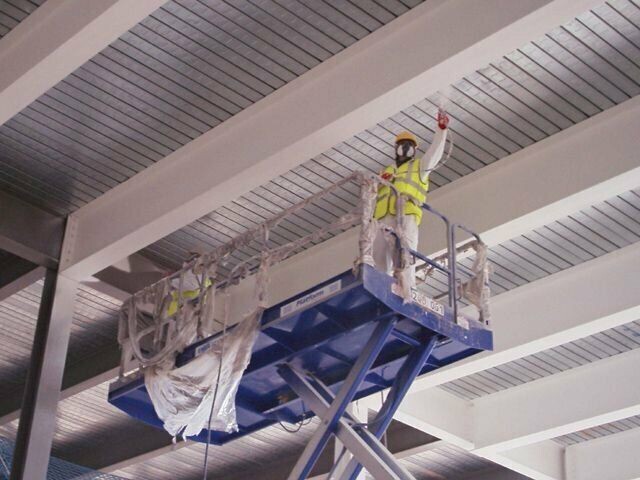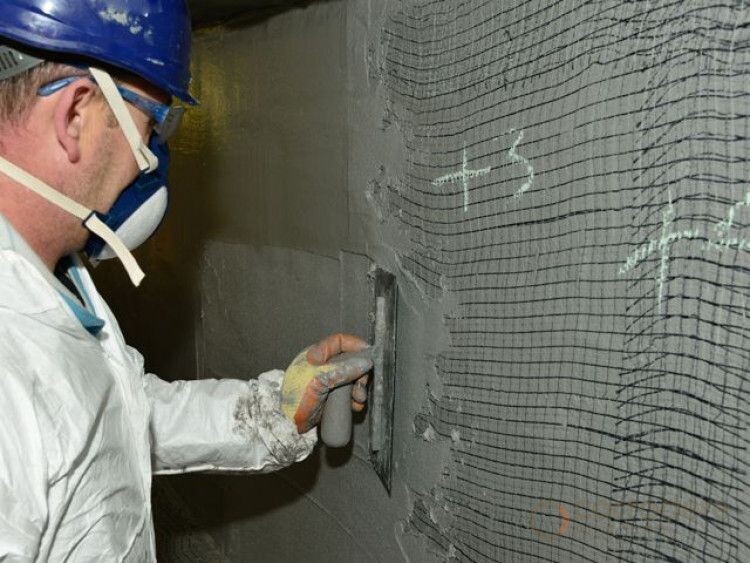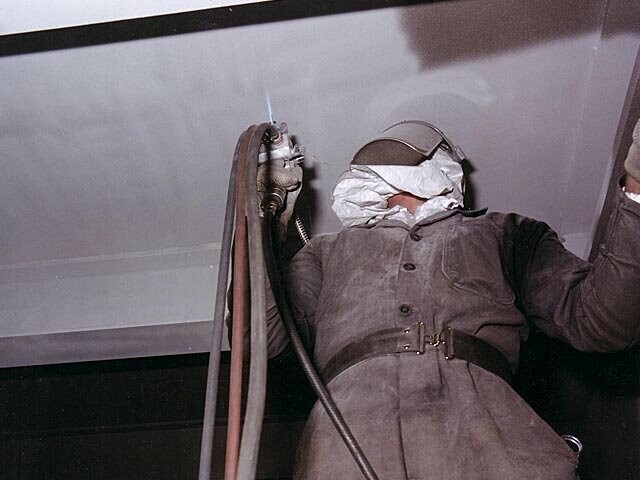Advanced Protective Coatings Training in Northern Ireland.
Train the Painter Silver at Dangle Academy in Belfast is the next step after Bronze for industrial painters and protective coating applicators who want to broaden their skills and gain multi-discipline competence.
As Northern Ireland’s only accredited Train the Painter training centre, Dangle Academy delivers Silver-level training in a purpose-built indoor facility, combining advanced theory with intensive practical work. The programme is designed to meet the requirements of offshore, marine, infrastructure and industrial projects where high-performance coating systems and quality control are critical.
Silver builds on the core Protective Coatings Applicator (Bronze) module and adds a specialist pathway in either Abrasive Blast Cleaning or Spray Painting. This combination is what leads to the recognised Train the Painter Silver card, issued under the SSPC/Corrodere scheme and accepted worldwide.
The programme is accredited by Lloyd’s Register, and follows a standardised syllabus that includes health & safety, access equipment, surface preparation, coating types, application methods, quality control and specialist equipment operation.
